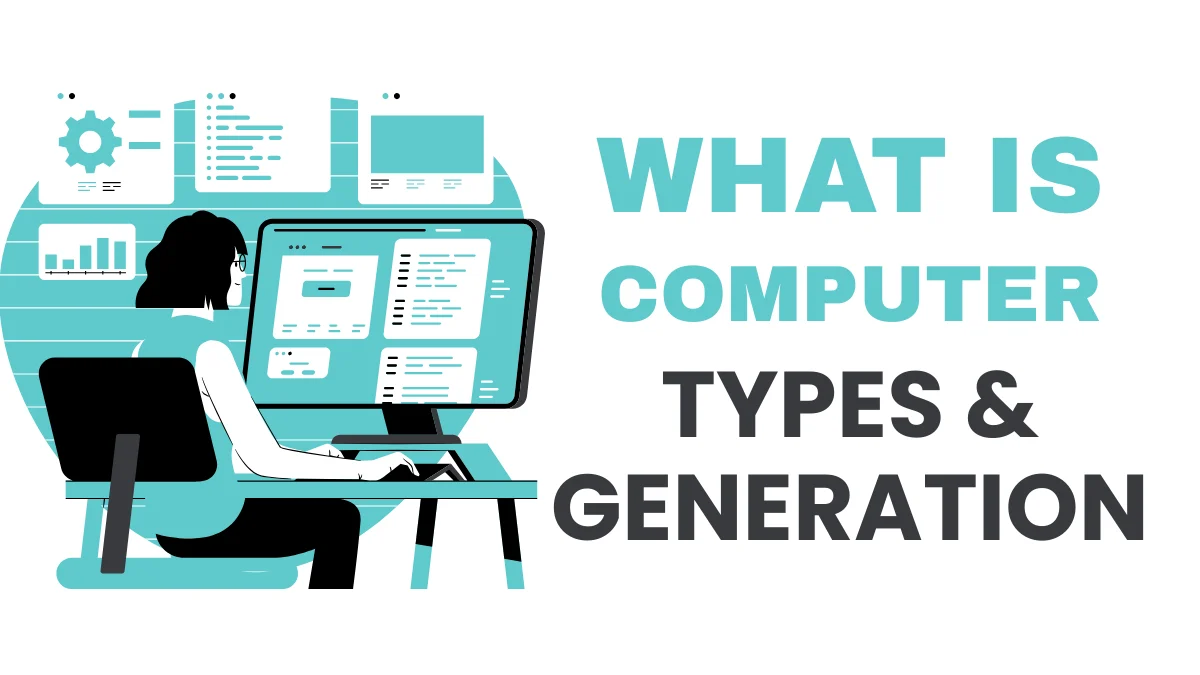What is Computer?
Computer is an electronic machine that takes instructions and performs computations based on those instructions. Before going into details, let us learn key terms that are frequently used in computer.
- Date: Data is a collection of raw facts or figures.
- Information: information comprises processed data to provide answer to ‘who’, ‘what’, ‘Where’, and ‘when’ type of question.
- Knowledge: Knowledge is the application of data and information to answer ‘how’ part of the question.
- Instructions: Commands given to the computer that tells what it has to do are instructions.
- Programs: A set of instructions in computer language is called a program.
- Software: A set of programs is called software.
- Hardware: A computer and all its physical parts are known as hardware
History and Generation of Computer
History of computers can be understood by looking into five generations. With each new generation of computers, there had been advancement in computer technology. The circuitry became smaller with enhanced speed, less consumption of power, and efficient memory.
Therefore, each generation of computer is characterized by a major technological development that has drastically changed the way in which computers operate.
First Generation (1942-1955)
Hardware Technology First generation computers were manufactured using thousands of vacuum tubes. Vacuum tube is a device made of fragile glass.
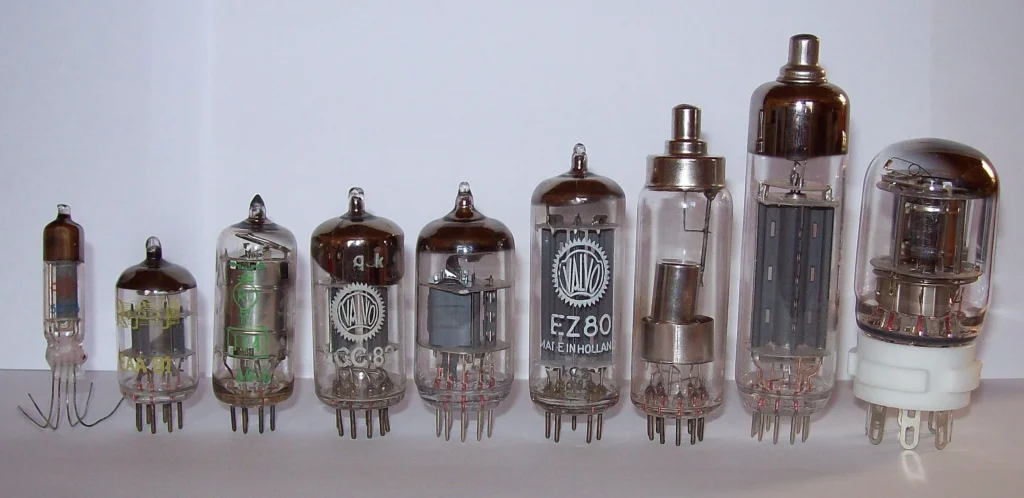
Software Technology Programming was done in machine language or assembly language.
Used for Scientific applications
Examples: ENIAC, EDVAC, EDSAC, UNIVAC 1, IBM 701
Highlights
- They were the fastest calculating device of those times.
- Computers were too bulky and required a complete room for storage.
- Highly unreliable as vacuum tubes emitted a large amount of heat and burnt frequently.
- Required air-conditioned room for installation.
- Costly
- Source: Vladyslav Danilin/Shutterstock
- Difficult to use.
- Required constant maintenance because vacuum tubes used filaments that had limited lifetime. Therefore, these computers were prone to frequent hardware failures.
Second Generation (1955-1964)
Hardware Technology Second generation computers were manufactured using transistors. Transistors were reliable, powerful, cheaper, smaller, and cooler than vacuum tubes.
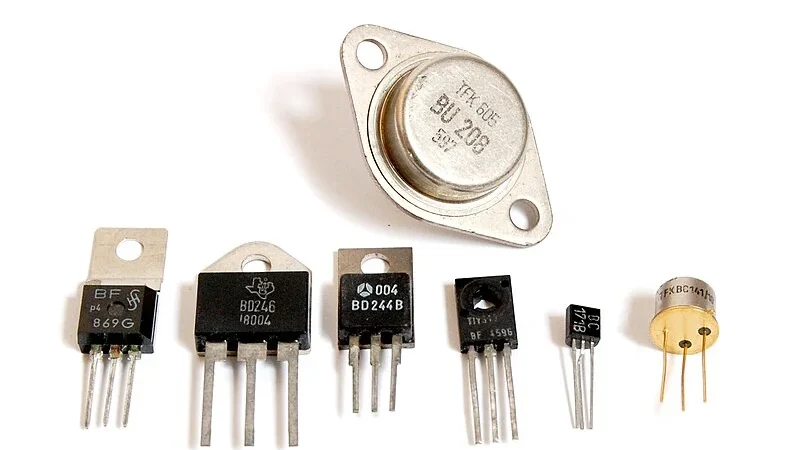
Software Technology Programming was done in high-level programming language.
Used for Scientific and commercial applications
Examples: Honeywell 400, IBM 7030, CDC 1604
UNIVAC LARC
Highlights
- Faster, smaller, cheaper, reliable, and easier to use than the first generation computers.
- Consumed 1/10th the power consumed by first generation computers.
- Bulky in size and required a complete room for its installation.
- Dissipated less heat than first generation computers hut still required air-conditioned room.
- Costly
- Difficult to use.
Note
Initially, ICs contained 10-20 components. This technology was called Small Scale Integration (SSI). Later it was enhanced to contain about 100 components. This was called MSI (Medium Scale Integration).
Third Generation (1964-1975)
Hardware Technology Third generation computers were manufactured using integrated chips(ICs). ICs consist of several components such as transistors, capacitors, and resistors on a single chip to avoid wired interconnection between components. These computers used SSI and MSI technology Minicomputers came into existence.
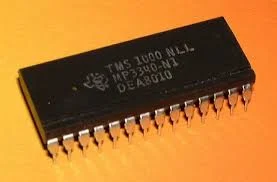
Software Technology Programming was done in high-level programming language such as FORTRAN, COBOL, Pascal, and BASIC
Used for Scientific, commercial, and interactive online applications.
Examples: IBM 360/370, PDP-8, PADP-11, CDC6600
Highlights
- Faster, smaller, cheaper, reliable, and easier to use than the second generation computers
- They consumed less power than second generation computers
- Bulky in size and required a complete room for its installation.
- Dissipated less heat than second generation computers but still required air-conditioned room.
- Costly
- Easier to use and upgrade.
Fourth Generation (1975-1989)
Hardware Technology Fourth generation computers were manufactured using ICs with LSI (Large Scale Integrated) and later with VLSI (Very Lange Scale Integrated) technology. Microcomputers came into existence, and use of personal computers became widespread during this period. High speed computer networks in the form of LANs, WANs, and MANs started growing. Besides mainframes, supercomputers were also used.
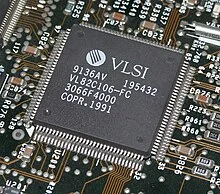
Note
LSI contained 30,000 components on a single chip and VLSI technology had about I million electronic components on a single chip.
Software Technology Programming was done in high-level programming language such as C++ and Java. Graphical user interface (GUI) based operating system (like Windows) was introduced. It had icons and menus among other features to allow computers to be used as a general purpose machine by all users.
Used for Scientific, commercial, interactive online, and network applications.
Examples: IBM PC, Apple II, TRS-80, VAX 9000, CRAY-1, CRAY-2, CRAY-X/MP
- Highlights Faster, smaller, cheaper, powerful, reliable, and easier to use than the previous generation computers.
Fifth Generation (1989-Present)
Hardware Technology Fifth generation computers were manufactured using ICs with ULSI (Ultra Large Scale Integrated) technology as shown in Figure 1.6. Use of Internet became widespread. Very powerful mainframes, desktops, portable laptops, and smartphones are being used commonly. Super computers use parallel processing techniques.

Note
ULSI contained about 10 million electronic components on a single chip.
Software Technology Programming was done in high-level programming language such as Java, Python, and C#.
Used for Scientific, commercial, interactive online, multimedia (graphics, audio, video), and network applications
Examples: IBM notebooks, Pentium PCs, SUM workstations, IBM SP/2, Param supercomputer.
Highlights
- Faster, smaller, cheaper, powerful, reliable, and easier to use than the previous generation computers.
- Speed of microprocessors and the size of memory are growing rapidly. High-end features available on mainframe computers in the fourth generation are now available on the microprocessors.
- Consume less power than computers of prior generations.
- Air-conditioned rooms required for mainframes and supercomputers but not for microprocessors
Blog Source: Python programming using problem solving approach by reema thareja.
